November 23, 2024 | 19:43 GMT +7
November 23, 2024 | 19:43 GMT +7
Hotline: 0913.378.918
November 23, 2024 | 19:43 GMT +7
Hotline: 0913.378.918

Mr. Le Van Su in Tan Loi hamlet, Tan Phu commune, Tan Chau district, Tay Ninh regularly bathes and turns on fans for pigs to reduce the temperature in the barn, avoiding heat stress. Photo: Le Binh.
Except for family members, rarely have strangers been able to visit Mr. Le Van Su's farm in Tan Loi hamlet, Tan Phu commune, Tan Chau district. Even when the veterinary force came to spray disinfectant, he did it by himself. Because for Mr. Su, meticulousness aims to prevent the risk of diseases from the gate, avoiding sacrificing the family's "rice cooker."
With more than 30 years of experience raising sows and porkers, Mr. Su has a lot of experience in preventing and controlling diseases for livestock. This old farmer clearly explained his anti-epidemic measures with passion.
Sharing his experience, Mr. Su started from his failure. Specifically, in 2011, his pig herd was attacked by the blue-ear pig epidemic. Too surprised and not skilled enough to handle it, most of his pigs died. Having lost money, Mr. Su was discouraged and had to stop repopulating the herd for a while and leave the barn empty before deciding to continue.
"That was when I looked at where I went wrong and what I overlooked that made the disease so easy to attack my herd. It is said that failure teaches success, so that was the time to help me improve myself and correct any loopholes that let the source of diseases in, causing damage to my pig herd," Mr. Su shared.
Since then, Mr. Su has perfected the farming process as well as increased his strictness in protecting livestock. He learned the lesson that "it is better to be meticulous from the beginning than to die thoroughly if the disease comes." Therefore, this old farmer is proactive in disease prevention and control for the pig herd. Currently, Mr. Su is maintaining a total herd of approximately 100 heads/litter.

Thanks to good control of disease risks, Mr. Su's pig herd is always healthy and productive. Photo: Le Binh.
When importing the pigs, Mr. Su raised them separately in the quarantine area for a while. If the pigs show no signs of disease, they will be added to the herd. When pigs are sold, the barn is also disinfected and left empty for about 10–15 days. Before transferring pigs to import into the herd, he also repeats the disinfection step again to feel secure.
Sows and porkers are also raised separately in different barns, far away from each other so as not to be affected if the disease occurs.
"Rats are also an extremely painful problem because they easily carry diseases. Usually, if baiting them, it is impossible to completely kill them. Meanwhile, it is also compulsory to avoid flies and mosquitoes because they pose the greatest risk of disease transmission. Therefore, I used a surrounding net system to prevent insects and pests from infecting diseases in the pig herd," Mr. Su said.
Mr. Su's pig food is made entirely of bran pellets, purchased from a clear source. For a long time, Mr. Su has not used leftovers from daily activities. Although using leftovers is economical, it may not ensure the health of livestock and can easily carry pathogens if not handled well. This also helps his family save time cooking and mixing pig food.

Mr. Su also regularly performs disinfection of the barn by himself, without the assistance of veterinary staff. Photo: Le Binh.
Tay Ninh has a hot, muggy climate all day, so Mr. Su's pig barn is equipped with two large-power wall fans to reduce the temperature for the pigs. Every noon, he also bathes the pigs to make them feel comfortable and avoid odors that attract flies and mosquitoes.
Mr. Su's family is also using wastewater and waste from the pig herd to make biogas for many daily activities. Compared to using gas in cooking, biogas saves 6-7 gas cylinders/year. Thanks to that, his family's economy has improved.
Mr. Duong Van Phung, Tay Ninh Sub-Department of Animal Husbandry and Veterinary Medicine, said that although Mr. Su's family's livestock farming follows the household model, the process and stages are all implemented like farming in a farm. All procedures are closed and performed by family members. Veterinary staff only need to provide guidance.
"The livestock household proactively self-sprays disinfectant regularly, rather than letting veterinary staff do it because this ensures greater disease safety for the livestock herd. This is also a household that has done quite well in disease prevention and control, so it is worth replicating," said Mr. Phung.
Translated by Thu Huyen
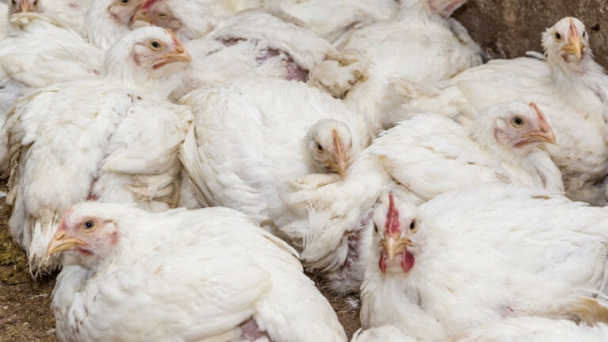
(VAN) EU Poultry, a Slovak poultry processor owned by Ukrainian businessman Dmytro Borodavka, has rolled out plans to invest almost €50 million into capacity expansion in the country.
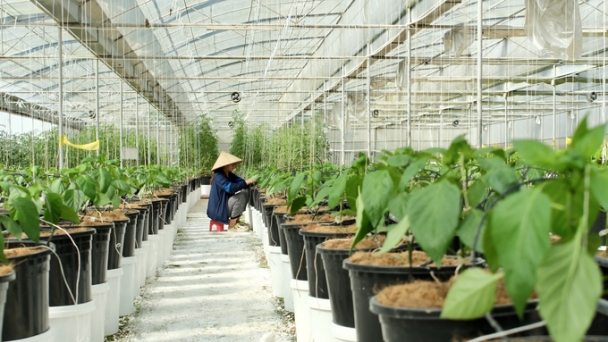
(VAN) Farmers in Moc Chau are capable of high-tech agricultural production. Therefore, any support for investing in net houses and greenhouses should be carried out on a large scale.
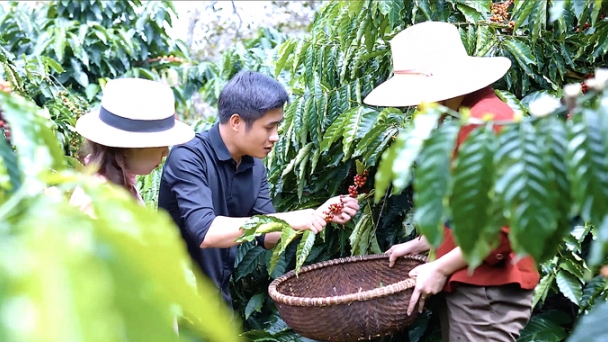
(VAN) "Our goal is to collaborate with farmers in cultivating organic coffee and delivering high-quality products with a distinct flavor to our customers."
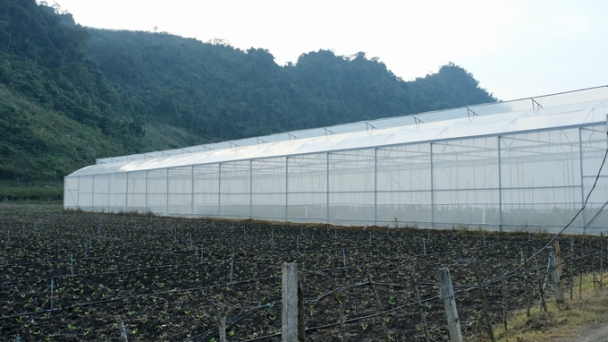
(VAN) The formation of a concentrated vegetable production area offers significant benefits, including reducing import of certain vegetables from China.
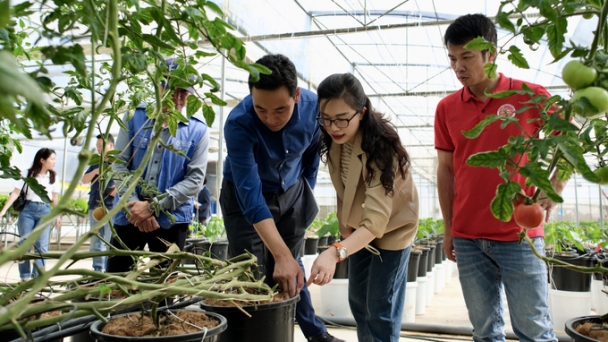
(VAN) A key feature of these models is the use of Nutrient Film Technique (NFT) recirculating irrigation technology, which is fully automated.
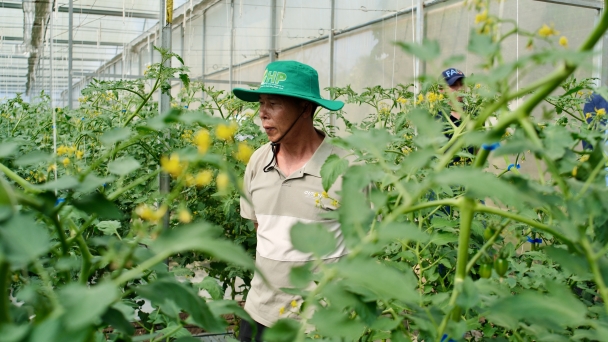
(VAN) At 53 years old, Mr. Ha Van Tien is determined to develop standardized greenhouses to supply organic vegetables and fruits for the clean agricultural products market.
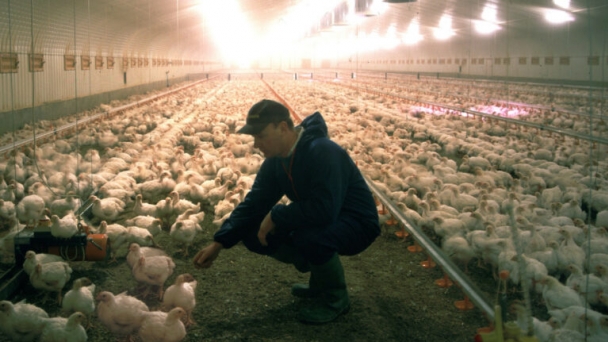
(VAN) Feed isn’t just fuel for poultry; it’s the foundation of health and growth. Accounting for up to 70% of production costs, feed quality directly impacts gut health, nutrient absorption, and feed efficiency.